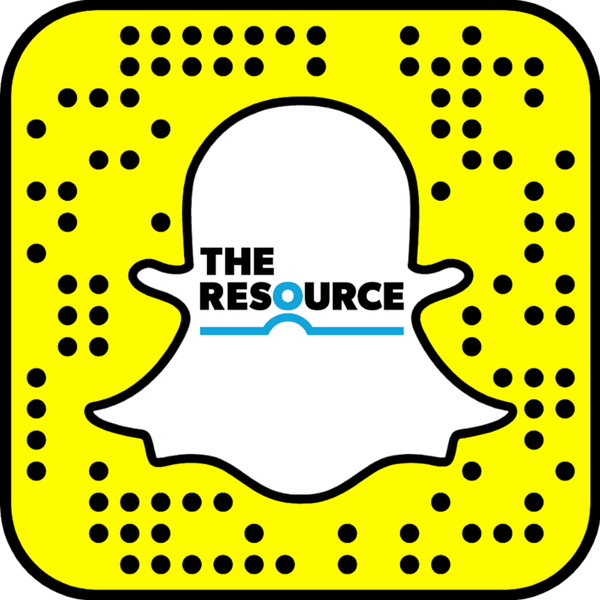As another new year approaches, now is the time to make a strong financial plan! Here are the basics to follow:
Assess Where You Are Today
Take a hard look at your finances as they currently exist. Determine your net worth today by subtracting what you owe (liabilities) from what you have (assets). Liabilities include things like mortgages, loans, and credit card bills, while assets include money in the bank, as well as equity in your home or car.
Also, track your cash flow for a month or two. This means keeping track of how much money comes in and how much money goes out. Record your transactions, then add up the outflow and subtract it from the total inflow. Positive cash flow means that you’re bringing in more than you’re spending, while negative cash flow means you spend more than you make.
Set SMART Goals
SMART goals are specific, measurable, achievable, relevant, and time-bound. They’re how you turn your financial dreams into a reality. Start with your long-term goals, such as starting your own side business or moving to a new city. Then work backward. What can you do today, next week, and next year to save the money you need? Remember to update your goals as your financial dreams change.
Make a Realistic Budget
A popular method of budgeting is known as the 50/30/20 rule. Divide your post-tax income into three categories:
- Essentials (50 percent)
- Wants (30 percent)
- Savings (20 percent)
Looking at your budget this way can help you decide how much you can really afford for essentials, such as rent and a car payment. It can also help you figure out whether you really want to make a specific purchase. And the 20 percent that goes into savings can help you achieve your long-term financial goals. You can also flex your budget a bit, such as by cutting back on wants to put more money into savings.
Save for Emergencies First
Studies have shown that 4 in 10 adults don’t have the savings needed to cover a $400 emergency. It’s important to save enough to cover three months of emergencies in a separate account before you start working toward saving for your long-term goals.
Pay Off Debt
The best way to improve your financial picture is to get rid of debt. In the snowball method, you’ll pay off the smallest loan first, while making minimum payments on everything else. When that loan is paid off, add the monthly payment to what you’re paying on the next smallest.
Or you could try the avalanche method, which targets the loans with the highest interest payments first. Whichever you choose, clearing debt will vastly improve your financial future.
Looking for a New Position?
If you’re ready for your next career move, let The Resource put our 40+ years of experience to work for you. We’re here to help you find and land just the right position to help you plan towards and achieve your long-term goals. Apply online or call your local office to get started.


